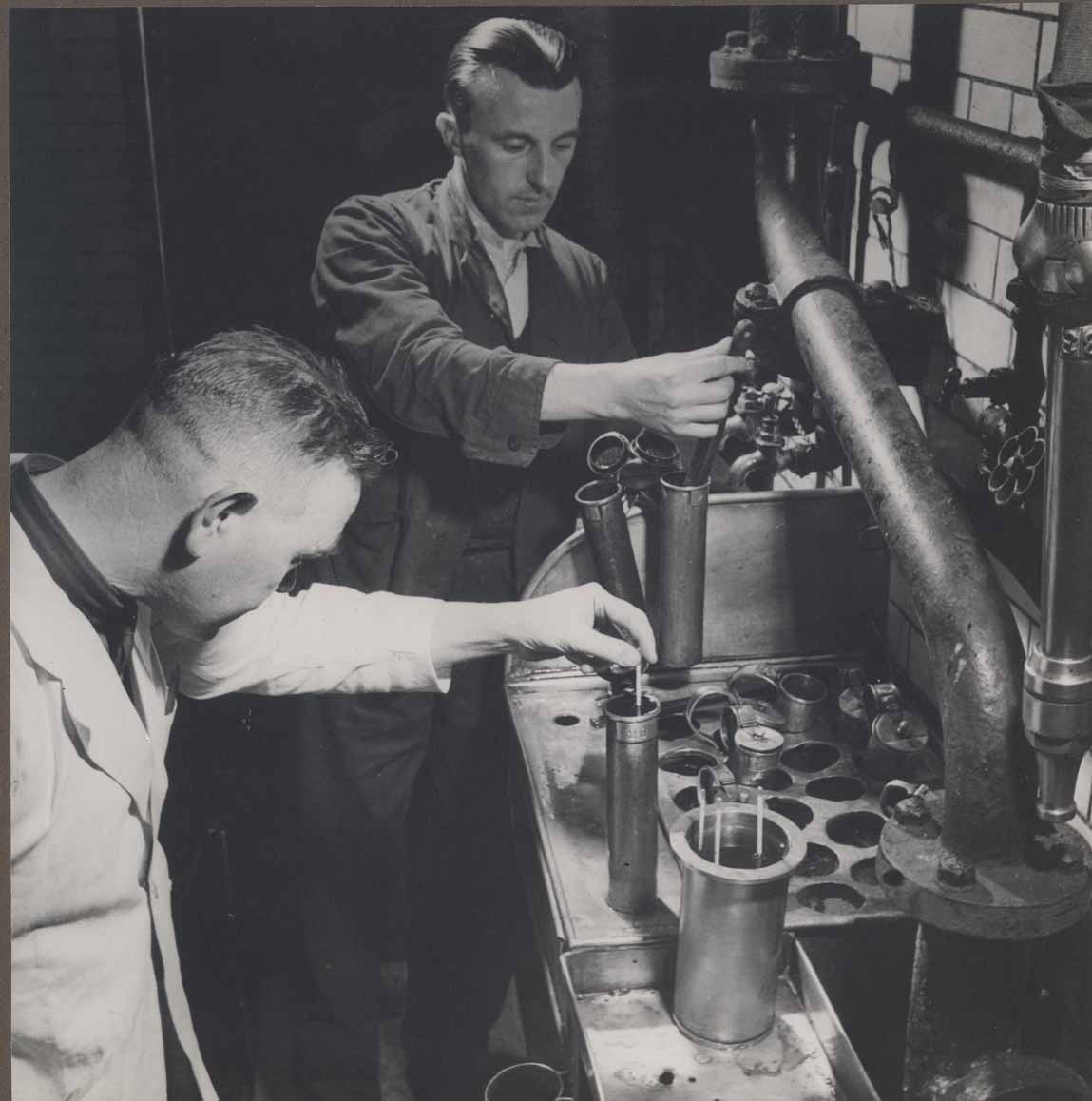Discover your Guinness Legacy
The Guinness Archive has partnered with Ancestry to digitise and make available over 1.6 million historical records that capture the people of the Guinness. Does Guinness run in your family? Is there a family pub in your lineage or do you want to explore the history of your local? Connect with your family history through the collections on Ancestry® for free through to 22 March.
Employee Ledgers: https://www.ancestry.co.uk/search/collections/62561/
Trade Ledgers: https://www.ancestry.co.uk/search/collections/62562/
Guild and Cooper Ledgers: https://www.ancestry.co.uk/search/collections/62587/
The digitised records capture details of past employees of Guinness Brewery at St. James’s Gate in Dublin like home address, occupations, names and ages of members of the household, how much money they made at the time, leaves of absence and more. The collection dates from 1799-1939, during a time when Guinness was the largest single private employer in Ireland. In fact, these may be some of the only written records to exist from this period relating to former Guinness employees, and some of the only available records for women during this period.

The newly digitised records encompass:
Ireland & Great Britain, Guinness Trade Ledgers, 1807, 1860-1960, Customer/ publican records by pub name, town, county detailing the amount of Guinness stout and porter purchased by publicans across Ireland and GB. This is a comprehensive set of customer records spanning almost 100 years and represents all pubs in Ireland.

Ireland, Guinness Employee Records, 1799-1940, Personnel records relating to employees of the St. James’s Gate brewery, mainly dating from c. 1880s to 1940s, where employees are now deceased and/or were born over 100 years ago.

Dublin Coopers Society and Brewers' Guild Records, 1702-1945, Records relating to the brewers and coopers of Dublin
This genealogical collection makes it possible for people with Irish roots to brew up discoveries such as:
● Does Guinness run in your family? It was common for multiple generations to work at the brewery.
● What were your ancestors’ career paths like? Learn how their job titles and salary may have shifted with the years.
● Which of Dublin’s cobblestone streets their ancestors lived on - down to the exact address - and with whom.
● What pubs purchased Guinness throughout Ireland and the UK spanning from the 1860s to the 1960s.
“Guinness is at the heart of Irish history, making our partnership with Ancestry a truly special moment in time,” added Eibhlin Colgan, archive manager, Guinness Storehouse. “We’re a brand with a history that dates back over 260 years and has seen countless generations of families employed at the St. James’s Gate brewery in Dublin since Arthur Guinness Sr. first signed his 9,000-year lease back in 1759. And today, we’re excited to be connecting families across the world with their ancestors who have helped keep the magic of Guinness alive for centuries.”